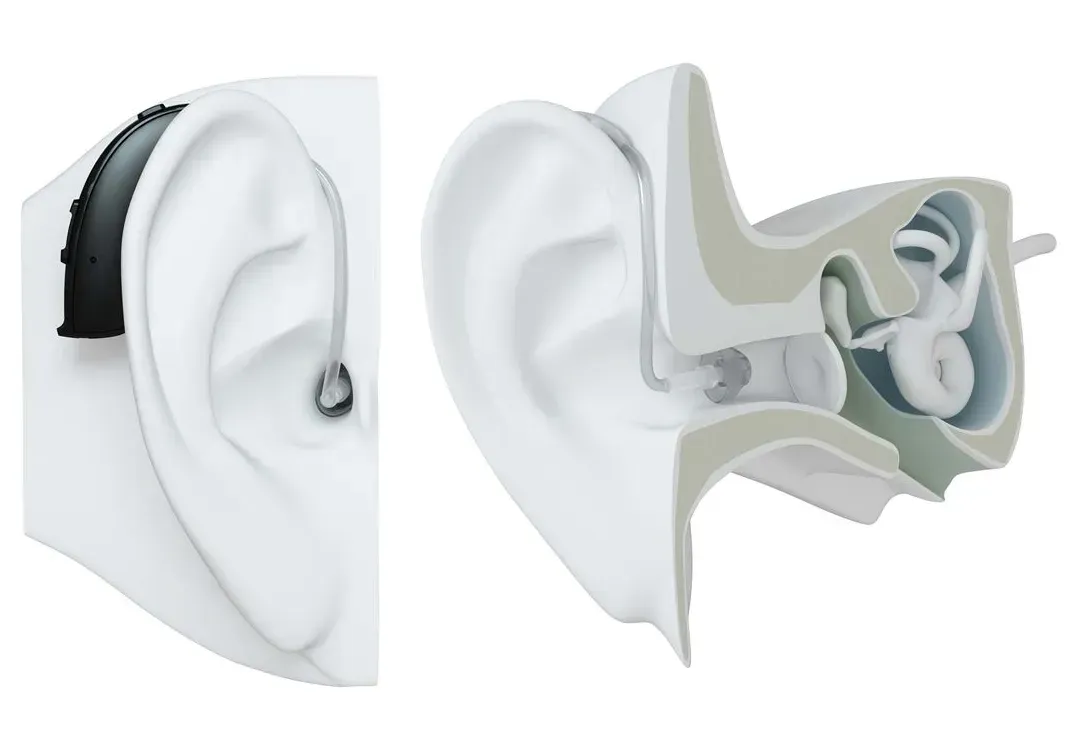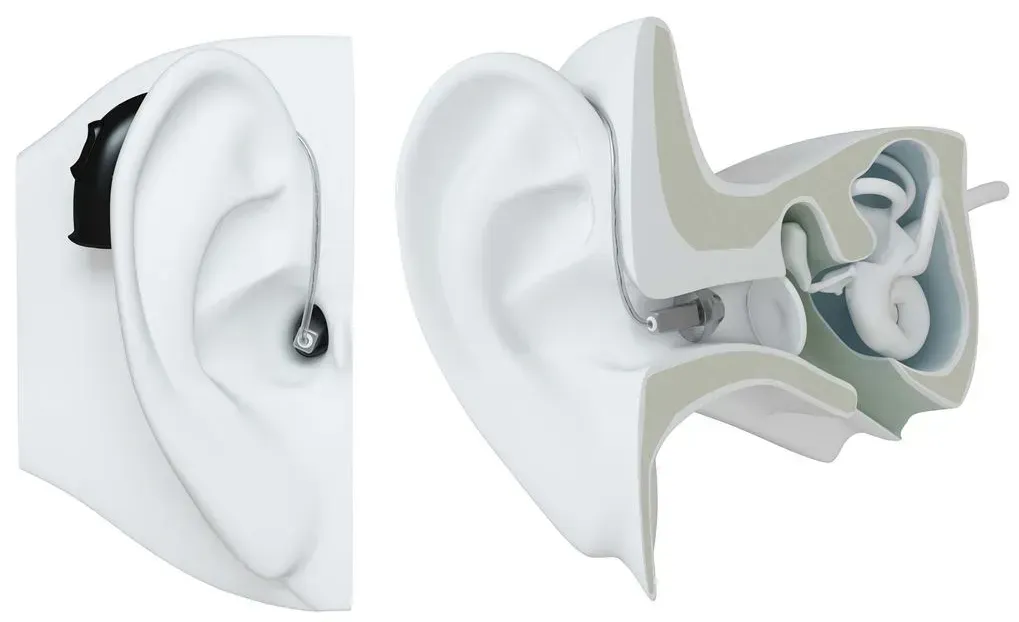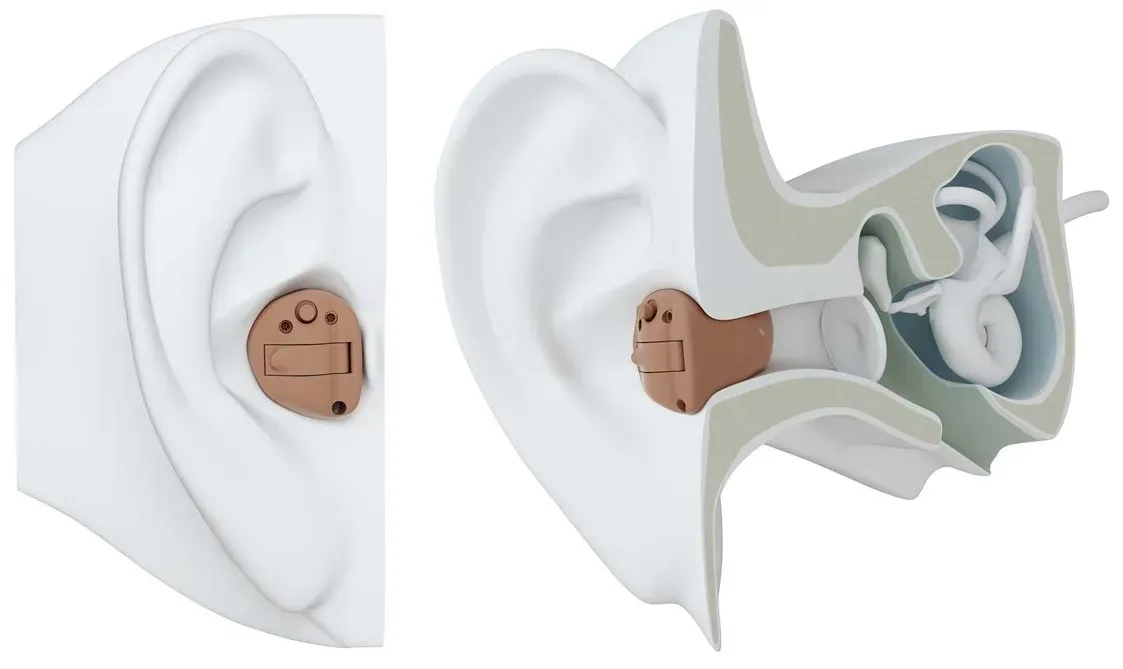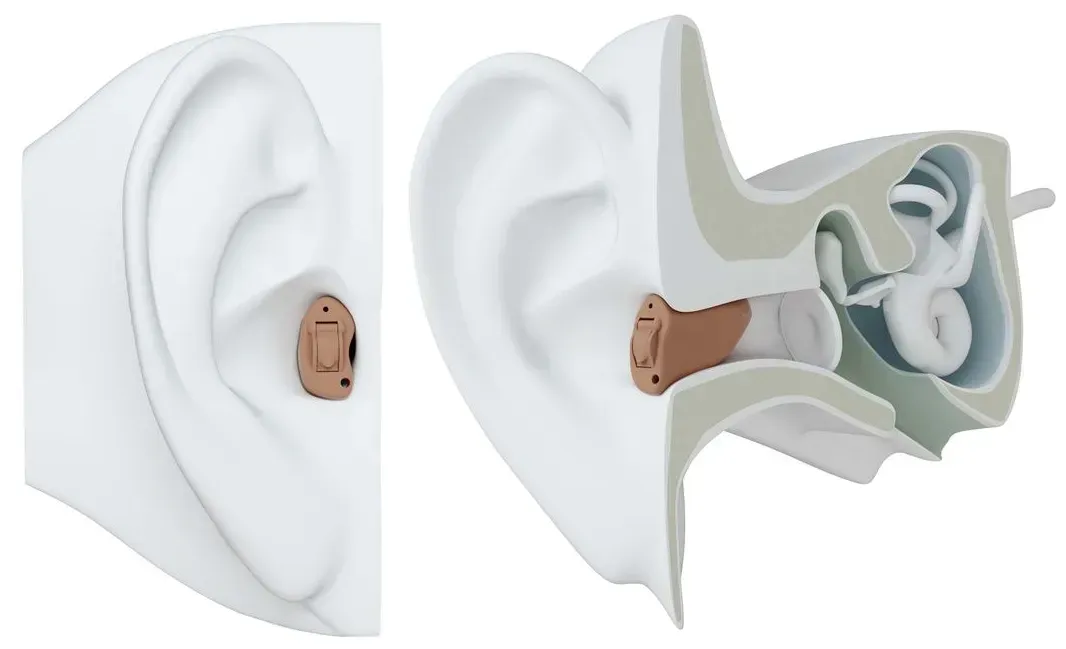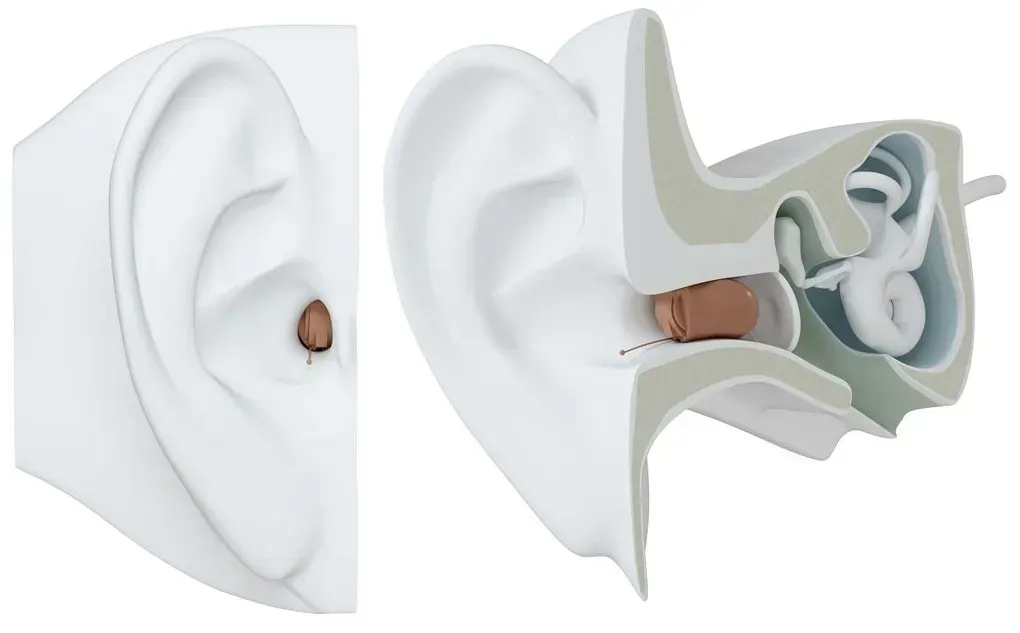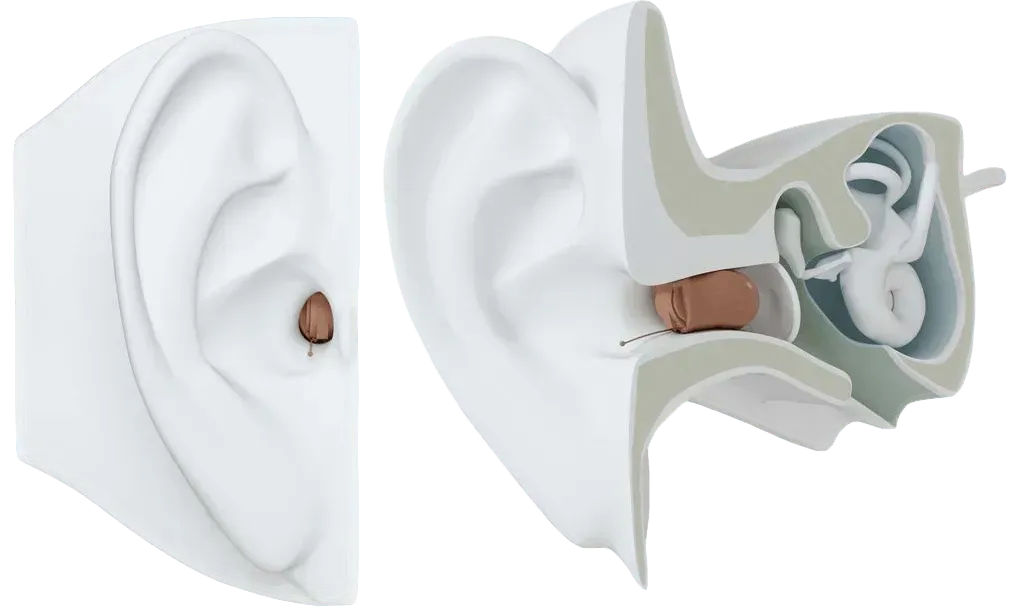Hearing Aid Maintenance
Let us help you clean ear wax and other debris from your hearing aids without harming them. We provide professional training and tools for the care and maintenance of hearing aids. Most of the hearing aid models can be repaired by ProHear. If necessary, your hearing aids are sent to the manufacturer for factory repair. We will provide you with loaners while you wait.
Hearing Aid Fitting
Let us help you hear more clearly with the best fitting technology. Real-Ear Measurements are part of the hearing aid fitting process.
In Real-Ear Measurement, a thin microphone is placed into the ear canal along with the hearing aid. While listening to several recorded speech samples, the hearing care specialist gets measurements of the precise sound levels the user is receiving from the hearing aid.
Is Bluetooth Necessary in Hearing Aids?
Modern hearing aids often feature Bluetooth technology, making it easy to connect wirelessly to devices like smartphones, tablets, and music players. This allows users to stream audio directly to their hearing aids without quickly draining the battery, which is especially helpful for frequent use. For hearing aids that don’t have built-in Bluetooth, a separate device called a streamer can help establish the connection.
What Is Real Ear Measurement?
Real Ear Measurement is a procedure performed during a hearing aid fitting to ensure the sound is amplified correctly based on your individual hearing needs. It involves placing a small probe microphone into the ear canal, which measures the volume of sound close to the eardrum without the hearing aid in place. This helps adjust the device settings to match your hearing profile.
After the measurement, the hearing aids are inserted and turned on. You’ll then listen to a range of sounds at different volumes to make sure the amplification is accurate and comfortable, even at higher levels. Once the fitting is complete, your audiologist will explain how to properly use and maintain your hearing aids, including how to insert and remove them and how to change the batteries.
Hearing Aid Batteries, Accessories & More
When using a traditional hearing aid, you’ll need to replace the batteries from time to time—but don’t worry, it’s a quick and easy task. Depending on how often you wear your hearing aids, the batteries typically last between three and 22 days. If handling the batteries is a bit tricky, a magnetic tool can make the process easier. Most hearing aids use zinc-air button batteries, which are disposable. These come in four standard sizes, each identified by a color: blue, orange, yellow, or brown. We’re here to help you find the right batteries at great prices and can also guide you on how to properly recycle your used ones.
Hearing Aid Types
There are many distinctive designs and types of hearing aids to counter hearing loss. What each hearing aid can accomplish for you varies only a little. Therefore, the results of your hearing test and your way of living will determine what type of hearing aid is best for you.




